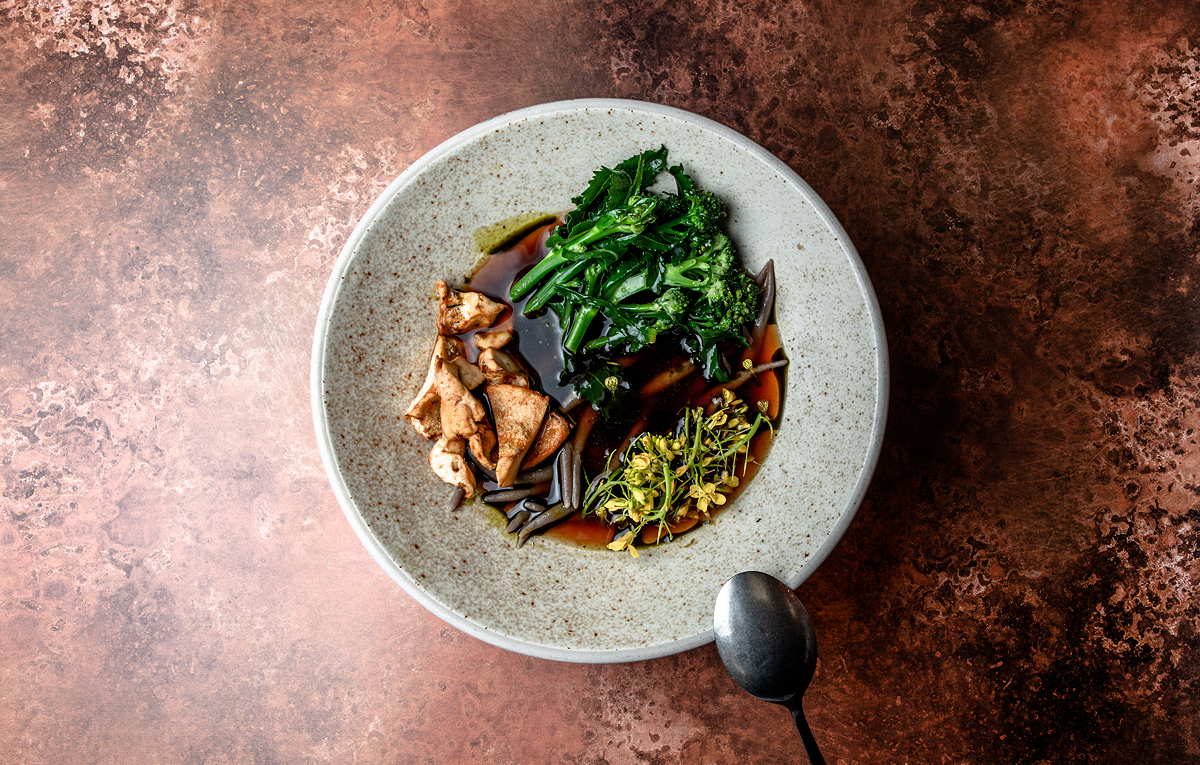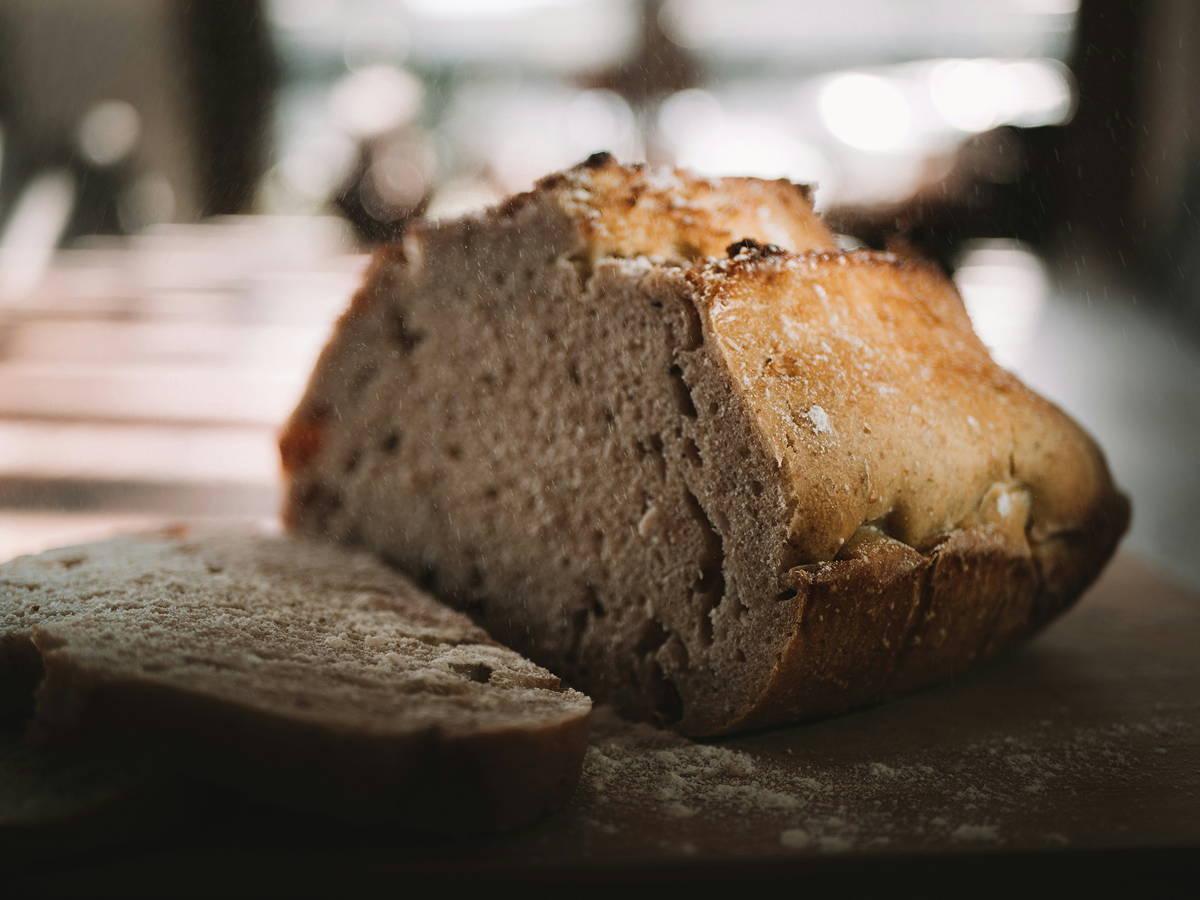Is There A Secret Diet For A Long And Healthy Life? | The Blue Zones
Is there a secret diet for a long and healthy life? The series of books by Dan Buettner and a recent Netflix documentary sparked curiosity about the dietary secrets of the Blue Zones. The observations found that people living in the Blue Zones are living longer and it has to do with their lifestyle and diet. However, is there really a congruent pattern that can reveal what we should eat to achieve longevity?
To receive the Luxiders newsletter, sign up here.
The term “Blue Zones” was first introduced in 2004 to denominate areas with a high concentration of people who have recently lived longer than average. National Geographic fellow Dan Buettner, together with a group of demographers and scientists explored areas where people enjoy a good quality of life and health in old age. They suggested 6 Blue Zones: Nuroro, Sardinia, Italy; Okinawa, Japan; Nicoya, Costa Rica; Icaria, Greece; and Loma Linda, California, United States. Their observations suggest that the Blue Zones share lifestyle habits that lead to longevity. This includes eating foods, including beans and lots of greens in the diet, as well as a glass of wine a day. However, can we be certain this leads to longevity?
DIETS ON THE BLUE ZONES
Buettner suggests food guidelines based on the diet of the Blue Zones. First, he suggests that our diets should be 95-100 percent plant-based. The guideline suggests prioritising leafy greens, combined with other fruits, beans and vegetables. Some of the important leafy greens he mentions include kale, spinach, chard, and collard. To complement the diet, we should also eat nuts. Many nuts are rich in minerals, vitamins, and proteins. Buettner acknowledges that in most of the Blue Zones people eat meat, he states that they do so in a limited manner or as a condiment. In fact, he suggests that we should limit intake to 56 grams or less of meat, a maximum of 5 times a month. Similarly, he suggests limiting fish intake to 3 times a week. Other suggestions include reducing dairy and eliminating eggs from our diet.

© Edward Howell via Unsplash
CONTROVERSIES ON BLUE ZONE DIET
Buettner’s findings have been scrutinised by the scientific community. A study by the Kagawa Nutrition University, indicates that up to 1998, the Okinawan diet contained around 90 grams of meat per day, which was 20%-30% above the national average. Similarly, other researchers in the U.S. found that the diet in Nicoya is nothing out of the ordinary in the region consisting of “traditional foods like rice, beans and animal protein, with low glycaemic index and high fibre content”. Other Blue Zones share similar trends following traditional diets that contain both animal and plant proteins, dairy, and eggs. On the other hand, the Seventh-Day Adventist community in Loma Linda actively engages in a vegetarian diet.
WHY IS IT INCONSISTENT?
Scientists agree that the dietary analysis of these groups by Buettner and his team was carried out on a demographic observation basis rather than systematic scientific research. This means that despite certain patterns repeating among individuals in the different zones, it does not lead to causation. There is not a systematic study that directly proves the diet directly leads to longevity. Even more, there is no evidence that what works for one population might work for another. The limited literature demonstrates significant variety in the diets of the distinct Blue Zones and their change throughout time. It is difficult to identify a common nutritional denominator applicable to all.
As identified by Dan Buettner himself, there are multiple lifestyle factors that may be contributing to the population's longevity. Moreover, genetics might also play a role. The traditional, healthy eating habits that avoid modern, highly processed foods are contributing to people's long-term health. However, there is not enough evidence to point to a single food or diet that has the secret to long, healthy lives.
IMPORTANCE OF REACHING PROTEIN REQUIREMENTS
Despite not creating a systematic review of the diets, Dan Buettner helps us get information on the benefits of plant-based diets, which are not only healthy but also more sustainable. However, we should not have tunnel vision on the Blue Zone diet recommendations. Following the general guidelines without a plan to reach protein and nutritional requirements could be harmful to health, especially with age. According to the National Institute of Health, as we grow old, our ability to absorb protein decreases. Therefore, having a protein-rich diet can help us prevent sarcopenia, an age-related loss of muscle and strength. Therefore, if we are going to opt for a more plant-oriented diet we should be careful that we are consuming enough protein. In that case, Buettner suggests adding beans and nuts to diets. While these are nutritious sources of protein, they should be complemented with other sources of protein for a balanced diet. To expand, Harvard Health highlights that eating too many nuts and seeds can lead to a calorie overload. In that case, we should think about adding soy, dairy, algae, or other protein-rich foods to our diet.

© Matthias Speicher via Unsplash

© Eaters Collective via Unsplash
LESSONS FROM THE BLUE ZONES
Blue Zones research may have not yet found the secret to a diet that leads to a long, healthy life. However, there are still lessons we can learn from the centennial populations in these areas. First, Okinawans apply the concept of ‘Hara Hachi Bu’, which means to eat until you are 80% full. We often eat more calories than we need, storing them as fat. This is a technique that leads to calorie restriction and a lower body mass index. We can achieve the technique through slow, mindful eating. It takes 15-20 minutes for brain signals to indicate to the stomach that we are full. Therefore, Okinawans will say “I am not hungry anymore”, rather than “I am full”.
People in the Blue Zones also eat whole grains. Their bread is either whole wheat bread or sourdough bread. Harvard School of Public Health explains that refined grains lose many of their original nutrients. In the counterpart, whole grains have bran and fibre that slow the breakdown of starch. This maintains a steady blood sugar instead of causing sharp spikes like with refined grains. It also helps lower cholesterol levels. Additionally, whole grains provide vitamins, minerals and phytochemicals that can protect us from diseases. Sourdough bread specifically, improves nutrient absorption and provides prebiotics promoting gut health. It also has a low glycaemic index.
ONE LAST THOUGHT ON THE BLUE ZONES
In general, the diets in the Blue Zones are composed of complex carbs rich in fibre, instead of processed simple carbs. They remind us of the importance of being conscious of our calorie intake. There is not one specific secret diet, but there are lessons to embrace a whole, traditional diet that avoids modern highly processed foods. What is most important to remember is that the health in the Blue Zones is not a result of just their diet. It is a combination of an active lifestyle, mindset, sense of community and low-stress activities. Finally, there is another piece of advice the centennials in the Blue Zones recommend for a happy and long life- enjoy a glass of red wine-.
+ Highlight Image:
© Robert Anasch via Unsplash
+ Words:
Francesco Witt
Luxiders Magazine




